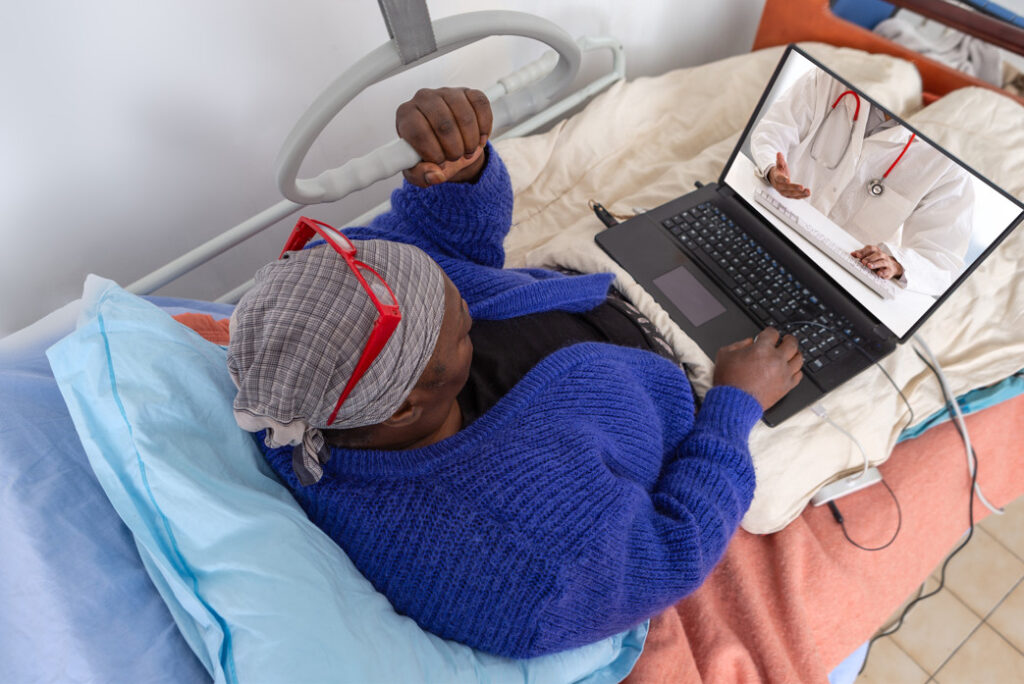When the COVID-19 pandemic struck the world, it forced many primary care physicians to advise their patients online. Virtual care was already becoming a growing trend because it allows patients to consult with doctors without the inconvenience of traveling to their offices.
Unfortunately, telemedicine was not offered by many doctors before the pandemic. Most patients were still required to schedule appointments to see primary care physicians at their offices. But now, the COVID-19 pandemic has changed the way primary care physicians see their patients. They are more willing and open to the idea of telemedicine because it reduces the patients’ exposure to COVID-19.
Telemedicine has also given new hope to patients who cannot leave their homes. Their severe injuries and illnesses cause them to stay isolated and unable to travel to see a doctor. But with telemedicine available to them, patients can finally seek medical treatment and advice without having to leave their homes.
Should Telemedicine Become the New Norm?
There are people who love telemedicine and those who don’t love it. Many people wonder whether the post-pandemic world should continue to embrace telemedicine and make it the new norm of primary care.
The quick answer is “yes” because it makes primary care treatment so much easier for the patient and the doctor. Not only can patients get treated faster in the comfort of their own homes, but doctors can also treat a higher number of patients in one day. That means more people will get help, which is a win-win for everybody.
Think about how much time will get saved. For example, a patient won’t have to spend 30 minutes driving to a doctor’s office and 20 minutes sitting in the waiting room. But the best part is that the patient doesn’t need to schedule an appointment. Telemedicine allows patients to request assistance from the next available primary care physician online.
Therefore, telemedicine eliminates the need for scheduling appointments, traveling, and waiting. So why shouldn’t telemedicine become the new norm in the post-Pandemic world? Perhaps the pandemic opened the world’s eyes to the benefits of telemedicine for doctors and patients alike.
What About Personal Relationship Building?
One of the most significant downsides to telemedicine is that a patient doesn’t get the opportunity to build a relationship with a particular doctor. Instead, telemedicine connects you with a random primary care physician each time you request assistance. And even if you’re able to see the same doctor online, it is not the same as seeing them in person.
There is something special about going to a primary care physician in person to seek treatment. The face-to-face interaction builds more trust between them and better-quality care. After all, it is difficult for a doctor to examine a patient’s health if they cannot be in the same room with them. That is why a face-to-face examination will be required at some point.
Another setback with telemedicine is people who are not technologically savvy. Telemedicine relies on people to be comfortable with their smartphones or computers. But what if a patient doesn’t know how to use these devices well? What if they don’t have these devices at all? It would be extremely difficult for them to seek treatment if telemedicine became the new norm.
What about patients with vision or hearing problems? They obviously couldn’t perform telemedicine conference calls unless they had an interpreter to assist them. However, primary care physicians cannot expect their patients to seek interpreters to join their conference calls. So, that is another reason to avoid normalizing telemedicine treatment.
What to Expect in the Future?
Telemedicine technology will become more advanced over the next decade. Since every new generation of seniors is more technologically savvy than the previous generation, there may come the point in time when most seniors feel comfortable with telemedicine.
Of course, most primary care physicians would agree that in-person care is also essential. Otherwise, how is a doctor supposed to perform a physical examination on their patient? So the best solution is to provide both options to patients.
Primary care physicians will continue to offer in-person office visits for patients. The only difference is they will make virtual care an option too. If a patient prefers the virtual care option, they can take advantage of it without being forced to come to the office. Just like a patient who wants to see a doctor in person doesn’t have to be forced to go online.
Contact us
Primary Medical Care Center continues to upgrade its medical technology for patient treatment and virtual care. If you would like to know more information about that, please contact us at (305) 751-1500. We have primary care physicians in our network who can provide virtual care services to patients that prefer them over in-person visits. More information about this will be explained when you call.
